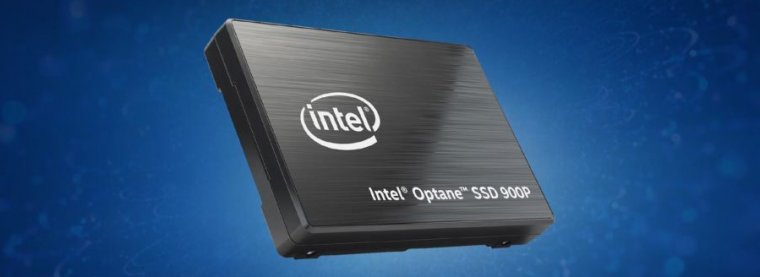
Enlarge / This listing image is honestly a bit of a bait-and-switch: Optane isn't a NAND technology at all, and is about as far away from PLC as you can get. (credit: Intel Corporation)
Wednesday, Intel announced it's joining Toshiba in the PLC (Penta-Level Cell, meaning 5 bits stored per individual NAND cell) club. Intel has not yet commercialized the technology, so you can't go and buy a PLC SSD yet—but we can expect the technology will lead eventually to higher-capacity and cheaper solid state drives.
To understand how and why this works, we need to go over a little bit of SSD design history. One of the most basic architectural features of a solid state disk is how many bits can be stored in each individual NAND cell. The simplest and most robust design is SLC—Single Layer Cell—in which each floating-gate NAND cell is either charged or not, representing a 1 or a 0. SLC flash can be written at very high speed and typically survives several times more write cycles than more complex designs can. (Endurance levels are specified per drive, but National Instruments uses 100K, 20K, and 3K as sample program/erase cycle endurance levels for SLC, eMLC, and MLC drives here.)
Although SLC flash is high performance, high endurance, and high reliability, it's also extremely expensive to manufacture. SSDs didn't hit the consumer market until MLC—Multi-Layer Cell—flash became widely available. Naturally, the storage industry being what it is, they confused things from here. These are the industry terms for the various NAND storage levels:
No comments:
Post a Comment